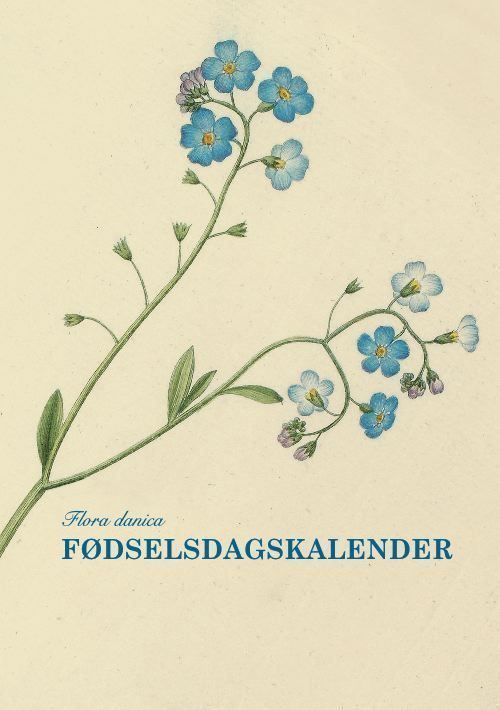 | ||
Similar Flora Londinensis, Flora Graeca, English Botany, Köhler's Medicinal Plants, Hortus Eystettensis | ||
Flora danica 1790 1990
A product of The Age of Enlightenment, Flora Danica is a comprehensive atlas of botany, containing folio-sized pictures of all the wild plants native to Denmark, in the period from 1761-1883.
Contents
- Flora danica 1790 1990
- Royal copenhagen flora danica painters master judith s rensen in taipei sogo
- Dinner set
- References
It was proposed by G. C. Oeder, then professor of botany at the Botanic Garden in Copenhagen, in 1753 and was completed 123 years later, in 1883. The complete work comprises 51 parts and 3 supplements, containing 3,240 copper engraved plates. The original plan was to cover all plants, including bryophytes, lichens and fungi native to crown lands of the Danish king, that is Denmark, Schleswig-Holstein, Oldenburg-Delmenhorst and Norway with its North Atlantic dependencies Iceland, the Faroe Islands and Greenland. However, changes were made due to territorial cessations during the period of publication. After 1814, when the double monarchy of Denmark–Norway was abolished, very few Norwegian plants were included, and similar changes were seen after 1864, when the duchies of Schleswig and Holstein were ceded. However, in the mid-19th-century era of Scandinavism, the Nordiske Naturforskermøde in Copenhagen proposed to make Flora Danica a Scandinavian work. Thus, three supplementary volumes were issued, containing the remaining Norwegian plants and the more important plants only occurring in Sweden.
Publishers/editors through time:
Royal copenhagen flora danica painters master judith s rensen in taipei sogo
Dinner set
In 1790 the Danish Crown Prince Frederik ordered a dinner set made decorated with exact copies of the plates of Flora Danica. The dinner set was meant as a gift for Russian Empress Catherine II. Catherine, however, never received it, as she died in 1796. It is currently on display at Christiansborg Palace, Amalienborg Palace and Rosenborg Castle.
The dinner set is still in use for state occasions in the Christiansborg Palace in Copenhagen. Copies of the set are sold by the Royal Copenhagen Porcelain Manufactory.
